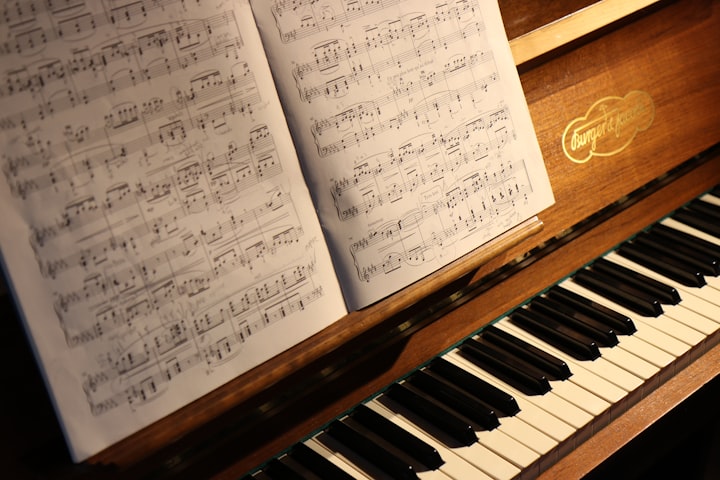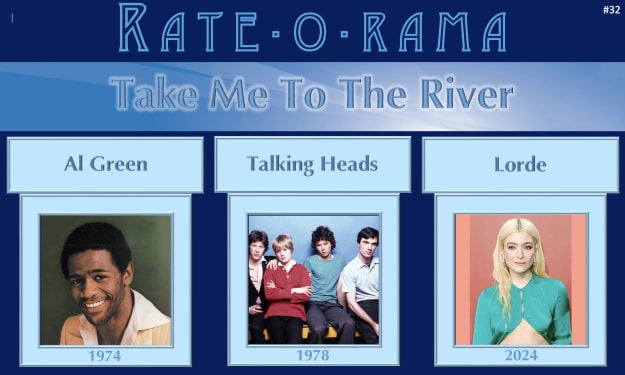Why is Scaramuzza's piano technique so effective?
A journey through the method that shaped some of the greatest pianists from around the world.

Does Martha Argerich, Bruno Leonardo Gelber, Mauricio Kagel or Sergio Tiempo ring any bells? Yes, they all are considered among the greatest international pianists of the world. And yes, they are all from Argentina.
But what happened in this country that produced so many amazing pianists? All things considered, we're gonna focus on one name that connects them all: Vicente Scaramuzza.
This Italian piano teacher founded his school in Buenos Aires in 1912 and dedicated his entire life to music education. Even tho he was a "virtuoso", his true passion was teaching and made him one of the founders of the Argentinian pianistic tradition.
But, why is Scaramuzza's technique so relevant? What did he do that boosted the talents of so many amazing performers, not only in Argentina but around the world? Why it still moulds generations of pianists?
If we search online for him, we will find out that Scaramuzza didn't write down his method. His work comes to us through the notes of one of his students, María Rosa Oubiña de Castro, compiled in the book "Enseñanzas de un Gran Maestro".
In addition to this seminal work, Scaramuzza's teachings were passed down orally from generation to generation. Those who had classes with the Maestro himself continued his legacy, creating new pianists and piano teachers guided by his technique.
The few notes Scaramuzza wrote in his students' notebooks are the only written guidelines he left behind. The rest survives in the minds and hands of some of the most prominent pianists in the world. And from there it will continue the journey to new students.
The keys to Scaramuzza's technique
According to WKMT, a piano school that investigates develops and works with Scarmuzza's method, "it is the clearest piano paradigm in existence. There are many and different piano schools, the majority of them tainted with a halo of mysticism. In other words, it is very romantic to be subjective when talking about the expressive aspects of music; but when we need to teach how to play the piano to someone who has never done it before, it is quite important to eradicate any subjectivity. The concepts need to be clear enough to be: firstly, understood by the teacher in charge and secondly, to be successfully transferred to the student"
Clarity and intellectualization are two of the main qualities of Scaramuzza's teachings. Breaking down the practice in a pragmatic way, ordering it in steps, movements, finger and arms positions, it's what differentiates Scaramuzza's from other piano traditions.
The tone production and its correspondence with the anatomy of the hand are also key to his approach. According to Marcelo G. Lian's paper "The Pedagogical Legacy of Vicente Scaramuzza: The Relationship Between Anatomy of the Hand, Tone Production, and Musical Goals", Scaramuzza emphasized constantly that every piece has a particular sound and therefore, needs a tailored wrist/arm/finger movement to produce it. That's why he would give very specific tools to help solve technical matters.
"On his conception of achieving the proper sound for every specific musical goal, an octave is not simply an octave. Its sound is determined by the musical context, and this will determine the physical approach and muscle group involved in its execution"
Marcelo G. Lian.
He was also very concerned about the smoothness between passages. For him, the music should flow without restrictions, must be "cantabile" all the time to enhance the interpretation. Therefore, he recommended the use of finger substitution, a technique that generates a full tone throughout the melody and allows to reduce the amount of pedalling.
His knowledge of anatomy allowed him to build a physically relaxed playing style. There are no unnecessary stresses on shoulders, arms or fingers. This solves a major technical problem, making room for what really matters: the search for the ideal sound. The recreation of the emotion and the concept that each composer poured into their works.
There is much more to say about his work and his musical point of view. So much to study and compare with other piano traditions. The truth is that the Scaramuzza legacy will continue to educate many pianists to come. And there, the active listening of his disciples in wonderful performances will surpass any literary attempt to describe him.






Comments
There are no comments for this story
Be the first to respond and start the conversation.